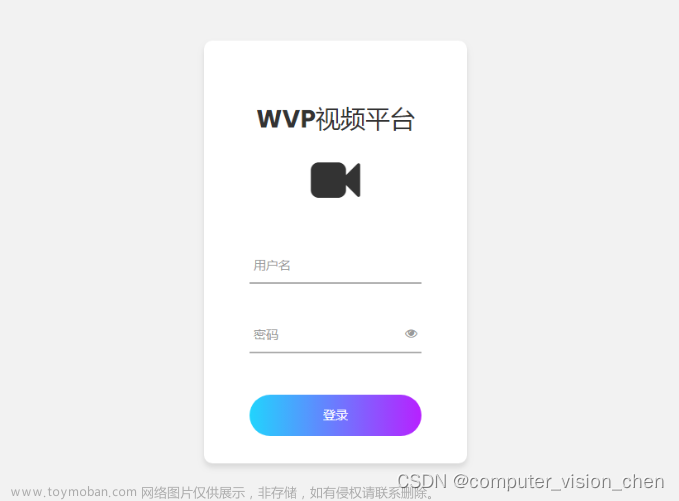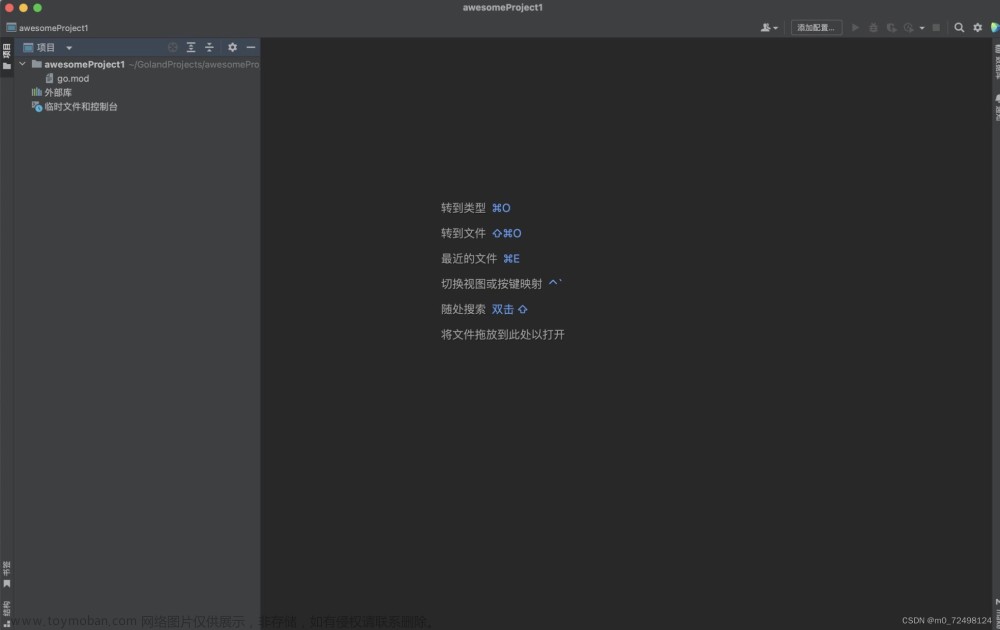字符串广泛应用 在 Java 编程中,在 Java 中字符串属于对象,Java 提供了 String 类来创建和操作字符串。
String str = "Runoob";在代码中遇到字符串常量时,这里的值是 "Runoob",编译器会使用该值创建一个 String 对象。
和其它对象一样,可以使用关键字和构造方法来创建 String 对象。
用构造函数创建字符串:
String str2=new String("Runoob");String 创建的字符串存储在公共池中,而 new 创建的字符串对象在堆上:
String s1 = "Runoob"; // String 直接创建
String s2 = "Runoob"; // String 直接创建
String s3 = s1; // 相同引用
String s4 = new String("Runoob"); // String 对象创建
String s5 = new String("Runoob"); // String 对象创建String 类有 11 种构造方法,这些方法提供不同的参数来初始化字符串,比如提供一个字符数组参数:
public class StringDemo{
public static void main(String args[]){
char[] helloArray = { 'r', 'u', 'n', 'o', 'o', 'b'};
String helloString = new String(helloArray);
System.out.println( helloString );
}
}
以上实例编译运行结果如下:
runoob
字符串长度
用于获取有关对象的信息的方法称为访问器方法。
String 类的一个访问器方法是 length() 方法,它返回字符串对象包含的字符数。
连接字符串
String 类提供了连接两个字符串的方法:concat;更常用的是使用'+'操作符来连接字符串
String equals() 方法
equals() 方法用于将字符串与指定的对象比较。
String 类中重写了 equals() 方法用于比较两个字符串的内容是否相等。
-
anObject -- 与字符串进行比较的对象。
public class Test {
public static void main(String args[]) {
String Str1 = new String("runoob");
String Str2 = Str1;
String Str3 = new String("runoob");
boolean retVal;
retVal = Str1.equals( Str2 );
System.out.println("返回值 = " + retVal );
retVal = Str1.equals( Str3 );
System.out.println("返回值 = " + retVal );
}
}
返回值 = true
返回值 = true
使用 == 和 equals() 比较字符串。
String 中 == 比较引用地址是否相同,equals() 比较字符串的内容是否相同:
String s1 = "Hello"; // String 直接创建
String s2 = "Hello"; // String 直接创建
String s3 = s1; // 相同引用
String s4 = new String("Hello"); // String 对象创建
String s5 = new String("Hello"); // String 对象创建
s1 == s1; // true, 相同引用
s1 == s2; // true, s1 和 s2 都在公共池中,引用相同
s1 == s3; // true, s3 与 s1 引用相同
s1 == s4; // false, 不同引用地址
s4 == s5; // false, 堆中不同引用地址
s1.equals(s3); // true, 相同内容
s1.equals(s4); // true, 相同内容
s4.equals(s5); // true, 相同内容
String isEmpty() 方法 :
isEmpty() 方法用于判断字符串是否为空。字符串通过 length() 方法计算字符串长度,如果返回 0,即为空字符串。
public class Main {
public static void main(String[] args) {
String myStr1 = "Runoob";
String myStr2 = ""; // 空字符串
String myStr3 = " "; // 多个空格,length() 不为 0
System.out.println("myStr1 是否为空:" + myStr1.isEmpty());
System.out.println("myStr2 是否为空:" + myStr2.isEmpty());
System.out.println("myStr3 长度:" + myStr3.length());
System.out.println("myStr3 是否为空:" + myStr3.isEmpty());
}
}
myStr1 是否为空:false
myStr2 是否为空:true
myStr3 长度:4
myStr3 是否为空:false
compareTo() 方法:
compareTo() 方法用于两种方式的比较:
- 字符串与对象进行比较。
- 按字典顺序比较两个字符串。
-
int compareTo(Object o) 或 int compareTo(String anotherString)
参数
-
o -- 要比较的对象。
-
anotherString -- 要比较的字符串。
返回值
返回值是整型,它是先比较对应字符的大小(ASCII码顺序),如果第一个字符和参数的第一个字符不等,结束比较,返回他们之间的长度差值,如果第一个字符和参数的第一个字符相等,则以第二个字符和参数的第二个字符做比较,以此类推,直至比较的字符或被比较的字符有一方结束。
- 如果参数字符串等于此字符串,则返回值 0;
- 如果此字符串小于字符串参数,则返回一个小于 0 的值;
- 如果此字符串大于字符串参数,则返回一个大于 0 的值。
-
说明:
如果第一个字符和参数的第一个字符不等,结束比较,返回第一个字符的ASCII码差值。
如果第一个字符和参数的第一个字符相等,则以第二个字符和参数的第二个字符做比较,以此类推,直至不等为止,返回该字符的ASCII码差值。 如果两个字符串不一样长,可对应字符又完全一样,则返回两个字符串的长度差值。
public class Test { public static void main(String args[]) { String str1 = "Strings"; String str2 = "Strings"; String str3 = "Strings123"; int result = str1.compareTo( str2 ); System.out.println(result); result = str2.compareTo( str3 ); System.out.println(result); result = str3.compareTo( str1 ); System.out.println(result); } } 0 -3 3
String s1 = "Hello";
String s2 = "Fello";
output : 2;
String indexOf() 方法:
indexOf() 方法有以下四种形式:
-
public int indexOf(int ch): 返回指定字符在字符串中第一次出现处的索引,如果此字符串中没有这样的字符,则返回 -1。
-
public int indexOf(int ch, int fromIndex): 返回从 fromIndex 位置开始查找指定字符在字符串中第一次出现处的索引,如果此字符串中没有这样的字符,则返回 -1。
-
int indexOf(String str): 返回指定字符在字符串中第一次出现处的索引,如果此字符串中没有这样的字符,则返回 -1。
-
int indexOf(String str, int fromIndex): 返回从 fromIndex 位置开始查找指定字符在字符串中第一次出现处的索引,如果此字符串中没有这样的字符,则返回 -1;
-
======>
-
ch -- 字符,Unicode 编码。
-
fromIndex -- 开始搜索的索引位置,第一个字符是 0 ,第二个是 1 ,以此类推。
-
str -- 要搜索的子字符串。文章来源:https://www.toymoban.com/news/detail-664418.html
文章来源地址https://www.toymoban.com/news/detail-664418.html
到了这里,关于2023.8 - java - String类的文章就介绍完了。如果您还想了解更多内容,请在右上角搜索TOY模板网以前的文章或继续浏览下面的相关文章,希望大家以后多多支持TOY模板网!













